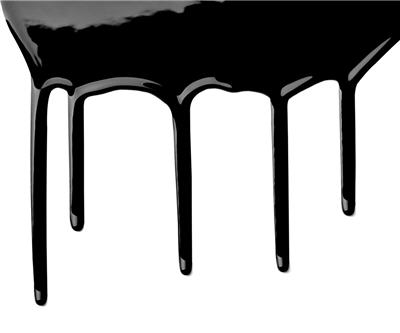
The price oil sands producers receive fell to $47.50 a barrel below the international benchmark after a 14.58% one-day drop in the price of Western Canada Select – a blend of heavy oil sands crude and conventional oil.
The sharp drop followed a much more modest pullback in US crude futures which gave up 2% on Wednesday to trade at $105.50 a barrel, but is itself falling further behind the global oil price.
The international benchmark, North Sea Brent, settled at $125.50 in Europe widening the gap with US oil.
In November the spread between US benchmark West Texas Intermediate (WTI) had narrowed to $10, from a record margin of $26.87 in early September 2011.
Historically WTI has traded at a premium to Brent, but has steadily declined since the Saudis dropped the WTI contract as their benchmark in 2009.
The discount for Syncrude, a light oil made from oil sands after undergoing an expensive upgrading process, has however improved to $5.25 below WTI.
In February and early March it dropped to a record discount of more than $20 below to US crude. In July last year Syncrude attracted a premium of $18 on the back of a temporary supply shortage.
Wednesday’s decline in the price of Western Canada Select marks a reversal of steady gains made by the commodity since hitting multi-year lows of $35.75 below WTI on March 7. In September last year the discount was only $8.00.
The problems of oil sands producers are being blamed on increasing supply from Alberta where production is set to more than double to 3.7 million barrels per day by 2025 out of a total of 4.7 million for the whole of Canada.
99% of Canada’s current crude exports of 2 million barrels per day end up in the US.
Longer term the outlook for the oil sands is not so rosy either:
Bitumen is expensive to extract, upgrade and refine and cannot compete with the many new shale oil plays – particularly in the Bakken oil basin – which have pushed US production to its highest level in a decade and could see it become the planet’s number one producer of crude.
Production in the US particularly from the Bakken basin in North Dakota will see the country ramp up current output of 7.8 million barrels/day to 10.9 million barrels over the next few years.
Apart from the boom in US production, and a strong currency, Alberta’s oil sands players are also threatened by escalating costs.
Last week the CEO of Imperial Oil, the oil patch’s number two producer behind Suncor, was quoted by the Financial Post as saying that “rising costs for vital materials and a shrinking labour supply could send inflation for the sector up to levels not seen since the 2008 financial crisis, when several projects were placed under review due to cost overruns and labour shortages.”
Comments
Biddulph Art
I hope the naysayers of the pipe line to the west coast of B.C. freeze in the dark and have to walk in subzero temp.